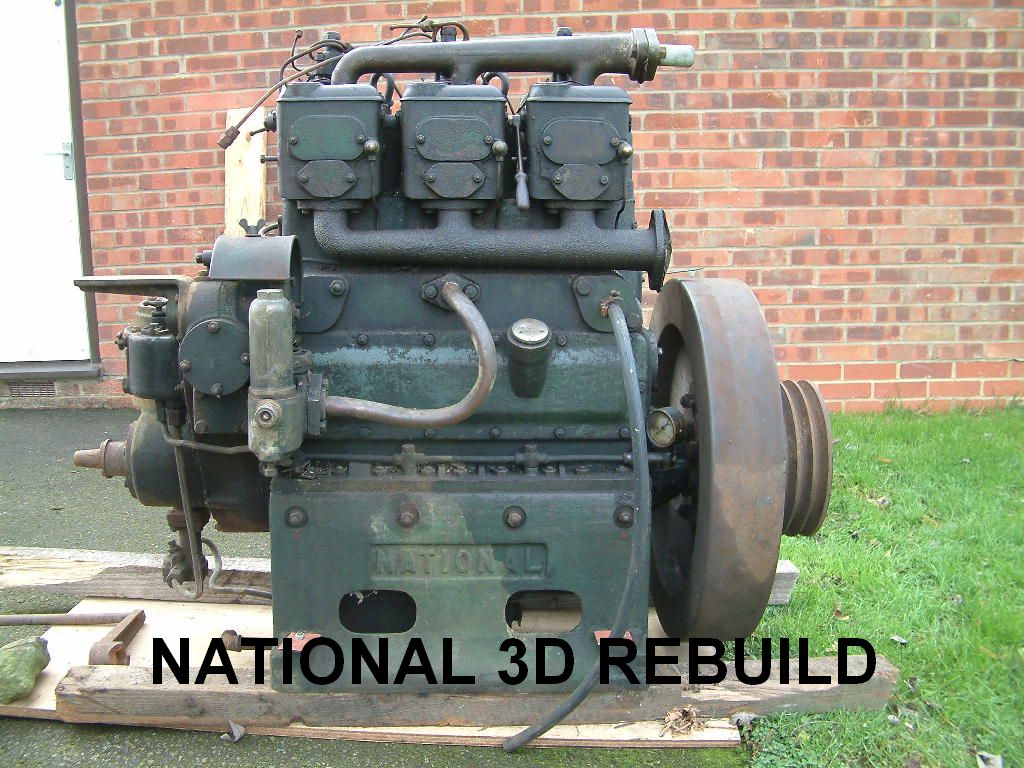I’m going to mount the engine: flywheel at the forward end and the gearbox at the rear. If I took the propshaft of off the flywheel end, I had a 4" stub of crankshaft at the non-flywheel end to mount any drive pulleys for alternator(s), water pumps etc. Where as the flywheel has numerous holes to through mount an extension shaft to run anything.
Flange of off the 4" stub, flexible coupling, then into the gearbox. The gearbox mounted in its own frame just behind the engine and all bolted to the same engine bed.
I’ve also decided to wait for the new PRM 260 with a 1:1 ratio as well. Its currently being tested (still no timeframes for ‘launch to the market’) but it will be ideal for my requirements. 21" standard prop and 1 ½" shaft/stern gear.
Now that the decision is made, my thoughts turned to an engine bed.
My plan is to set up whole engine up on an engine bed as part of the rebuild process. Everything would then be bolted down and aligned etc before the whole thing was supplied to the boat builder. All that would then be required would be to weld the engine bed to the base plate.
The engine is sitting on a 2 tonne trolley during the rebuild and it has an excellent flat surface. I wanted to make a template so that I could confirm all of the dimensions, hole centres and crank alignment dimensions.
First thing was to get every thing of off the trolley and give it a good clean. Next I stuck sheets of A3 paper all over it and then carefully placed the engine back on it. It was then a case of marking around the engine feet and the mounting holes.
The next thing was marking the ends of the crankshaft to get the centreline. I did this by carefully ‘plumb-lining’ from the ends of the crank.

Lift everything off, and hey presto, one engine bed template.

Knowing the gearbox dimensions and allowing some space for the coupling in between, I have estimated the engine bed to be approximately 5’ long. In practice it may be a bit shorter, but its easy to cut a bit off!
The engine bed will now be constructed out of 3 x 6 ‘C’ section (75mm x 150mm in new money). A quick call to my local steel stockist confirmed 13’ of channel would be a shade over £100.















